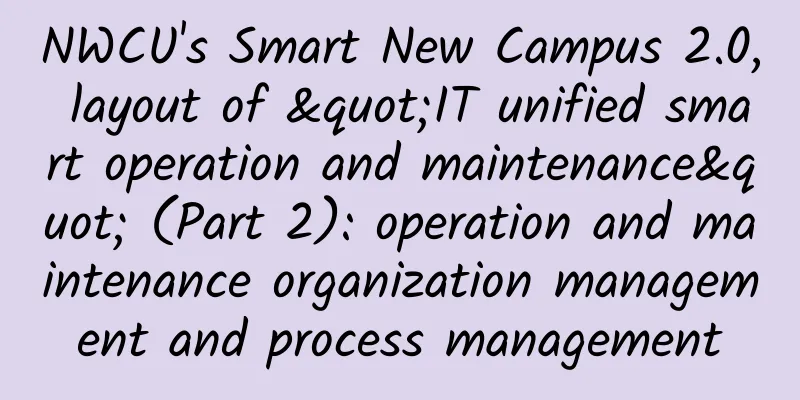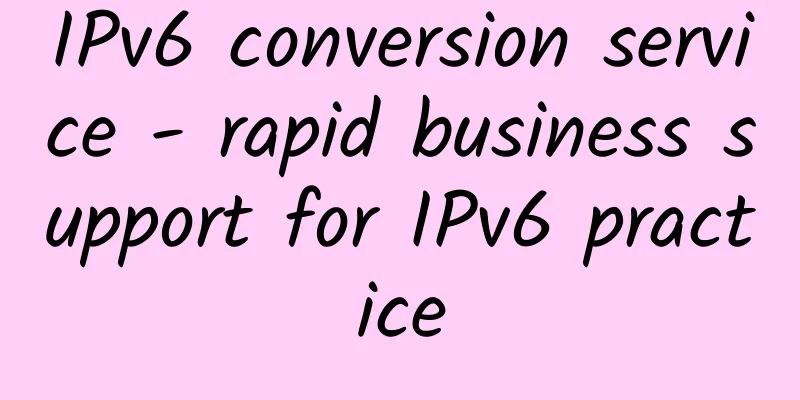Paving the way to a secure and automated multi-cloud with SD-WAN

|
Enterprises around the world are rapidly transforming digitally. The digital strategies they adopt increasingly tend to transition business tools, applications and processes to a "multi-cloud" environment, which is essentially hosting applications and data in one or more public clouds or hybrid clouds. With this shift, the traffic patterns and security posture of enterprise networks have been fundamentally changed. Multi-cloud has changed the world, and this shift has not only affected the interior of modern data centers, but also greatly reshaped the networks between them. It is therefore no surprise that for enterprises that have cloud and multi-cloud as an important part of their architectural agenda, the need to extend their architectural ambitions beyond the cloud will be realized via the wide area network (WAN). However, change is never easy. Enterprises are indeed looking to transform, but often need motivation to push them to go all in and make a qualitative leap. They are looking for solutions that can not only help them simplify their networks, but also provide them with the flexibility and agility to evolve with changing needs and requirements. In this changing business environment, SD-WAN will eventually be adopted in the broader market. As a result, enterprises need to provide a secure, automated path to multi-cloud that can be efficiently scaled by enterprises of all sizes - from the smallest enterprises to today's largest, most demanding and mission-critical enterprise networks. If we look at the networks of almost all enterprise customers today, most WAN setups will still use legacy architecture. Although serviceable, the technical limitations are often significant. Eight key elements include: 1. The connection between the branch and the headquarters is usually leased, while the MPLS circuit is provided by the service provider. 2. A circuit is always statically configured with one link as the active link and the other as the standby link. The standby link becomes active only if the active link fails. 3. From an application perspective, users in any remote location do not experience the same quality of experience as bandwidth increases or more links are added. 4. All users from any remote location can access the Internet only through the hub or DC. 5. Manual configuration is essentially static management for any moves, adds, or changes. 6. Network administrators have no idea of how the circuits are performing, nor how applications are handled on those circuits. Therefore, security measures also need to be considered. 7. Branch deployment takes longer and the complexity increases as the number of branches increases. 8. For remote branches where MPLS circuits are not available or leased from a service provider, then connectivity to these remote branches will not be possible. Radio links to the nearest POP or VSAT connections will need to be used as an alternative. Taking all of the above into account, CapEx and OpEx expenditures will always increase significantly due to the continuous increase in connection leases, MPLS circuits and required management overhead, in addition to the above, all of which require a large number of skilled engineers to manage the network. With network modernization in mind, enterprises are increasingly planning their transition to multi-cloud. However, at the same time, this still often leaves enterprise data centers and central sites having to deal with rapidly growing bottlenecks. In addition, their existing static and manually configured circuits often no longer keep pace with the dynamic nature of multi-cloud traffic. To ease the transition, enterprises should consider a "future-proof network" approach and a step-by-step process. Consider using solutions that offload the burden of programmable network devices, which you can remotely modify with dynamic best-path routing. Both can improve cost, agility, and performance, and can also respond to real-time network conditions. Consider also viewing disparate resource pools as a single, cohesive entity that scales from cloud-to-cloud ramps, from data centers to branch offices, and yes, including the WAN. This requires extending operational domains across traditionally siloed networks. |
<<: 5G applications are gaining attention, adding new impetus to smart education!
>>: A brief discussion on the application of Category 6 cabling system in smart buildings
Recommend
The competition among the four major data center host network virtualization technologies
Since it is the virtualization of the host networ...
Four major trends in China's Internet development
On April 20, 1994, China gained full access to th...
How to increase the speed of the router
[[183829]] How to increase the speed of the route...
How 5G standardization will impact future innovation and growth
In 2019, mobile technologies and services contrib...
Justhost: Dallas data center VPS 50% off for a limited time, starting at $2.16/month, 24 data centers available in the United States/Russia/UK/Germany/Hong Kong, China
JustHost.asia recently offered a limited-time 50%...
Canceling traffic "roaming": Will there be 93 operators in China?
At the first session of the 13th National People&...
3 Reasons Your IoT Needs SD-WAN
We live in an era of fast-paced digital transform...
The future of Internet streaming: Ultra-high-definition displays
As we stand on the precipice of a new era in digi...
10 ways to improve Wi-Fi signal when surfing the Internet
[[265727]] Slower browsing speeds, no streaming, ...
Megalayer: 20% off on Hong Kong Alibaba hybrid servers - E3-1230/8GB/240G SSD/10M omnidirectional + 10M Alibaba Cloud bandwidth starting from RMB 638/month
This month, Megalayer provides Hong Kong Alibaba ...
Industrial Ethernet Market Expected to Exceed $350 Billion by 2032
The Industrial Ethernet market will grow from a c...
VMISS newly launched Hong Kong international line VPS with 30% discount and annual payment starting from 10 US dollars, and you can choose US CN2 GIA/AS9929/CMIN2, etc.
A few days ago, we shared the information about D...
What will 6G look like in the future?
[[389986]] At the recently concluded MWC Shanghai...
What are honeypots, honey baits, honey tags, honeynets, honey farms... in network security?
As security practitioners, whether we are doing p...
Bubble or opportunity? 2016 Enterprise IT Market Innovative Technology Application Survey Report
The four major innovative technologies of Interne...









